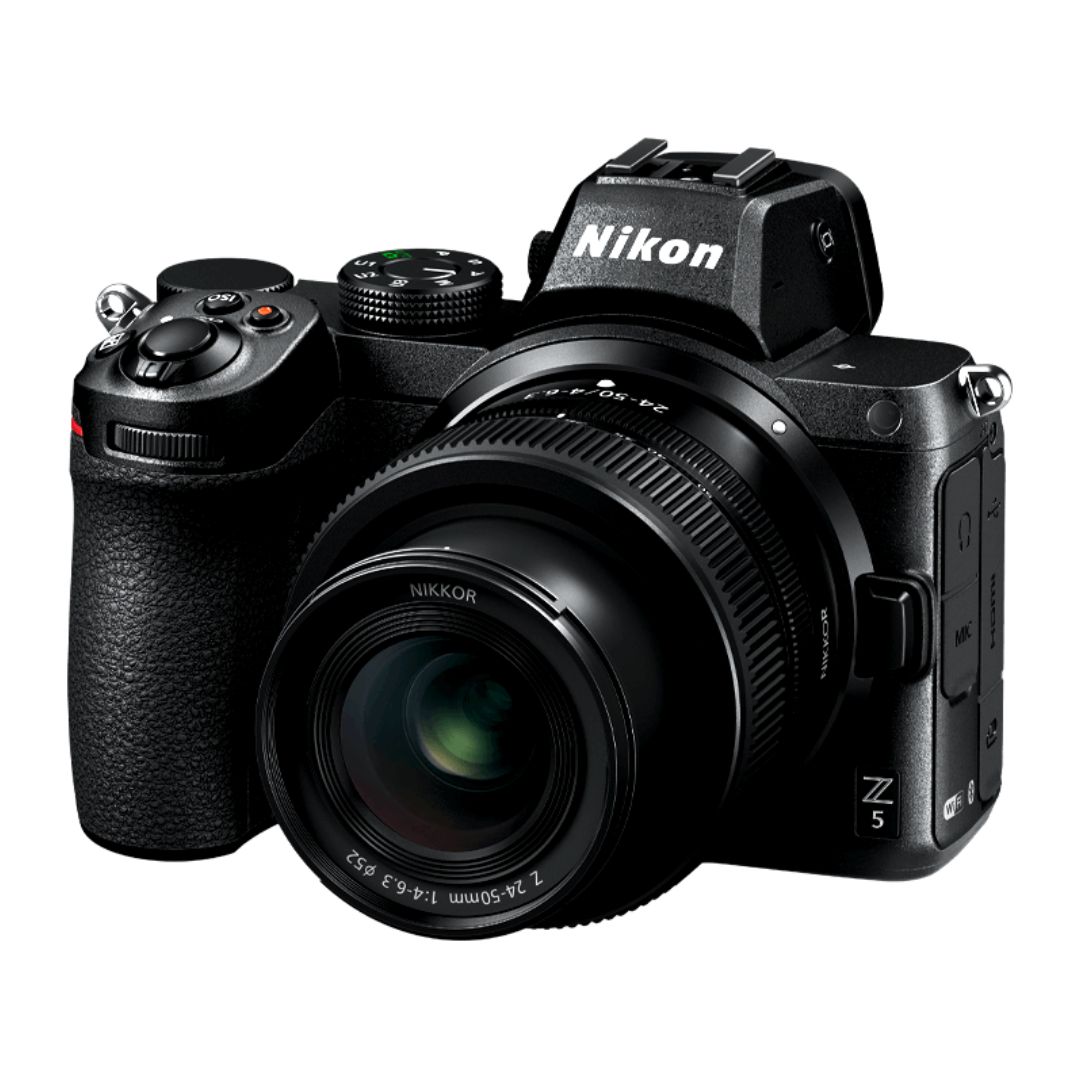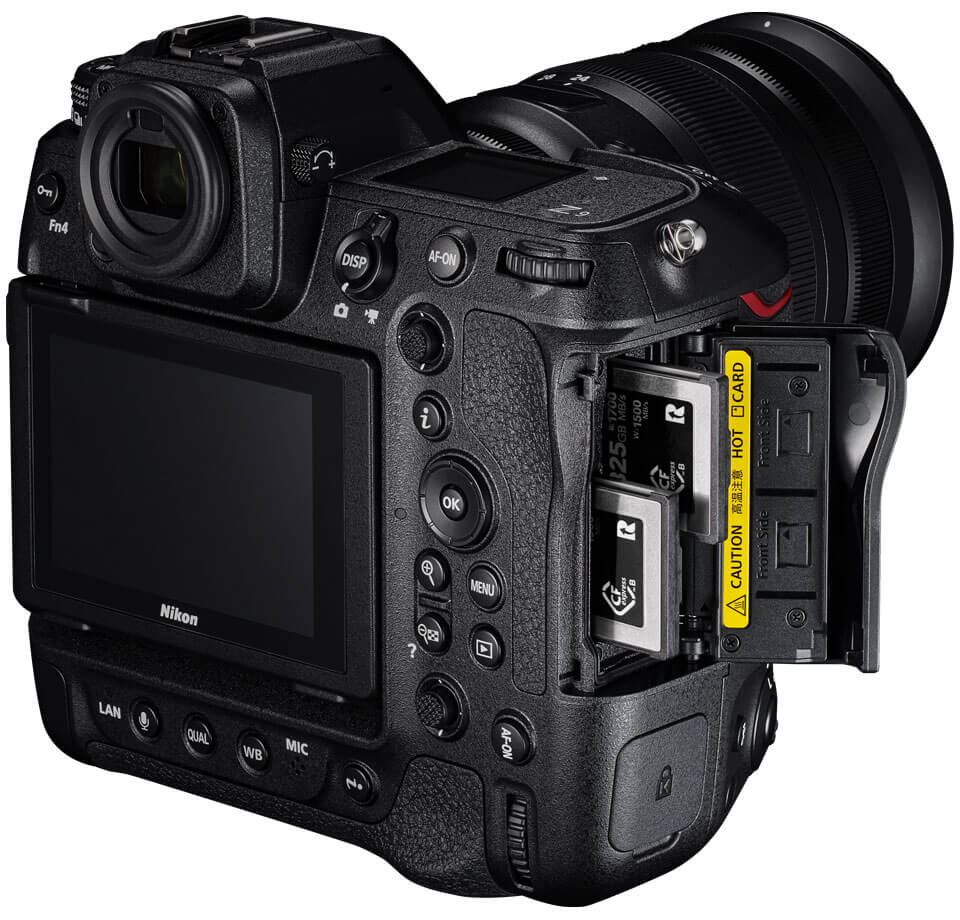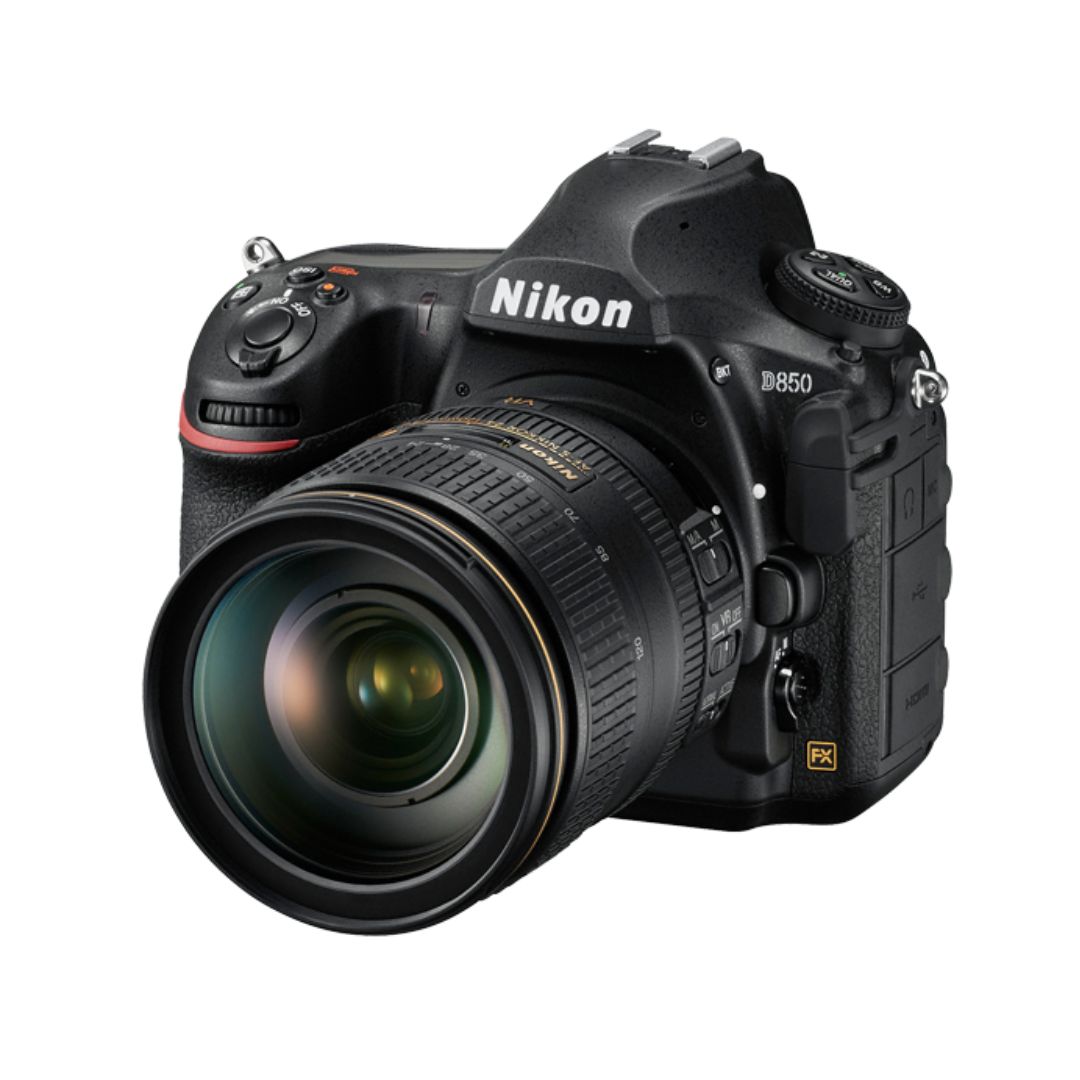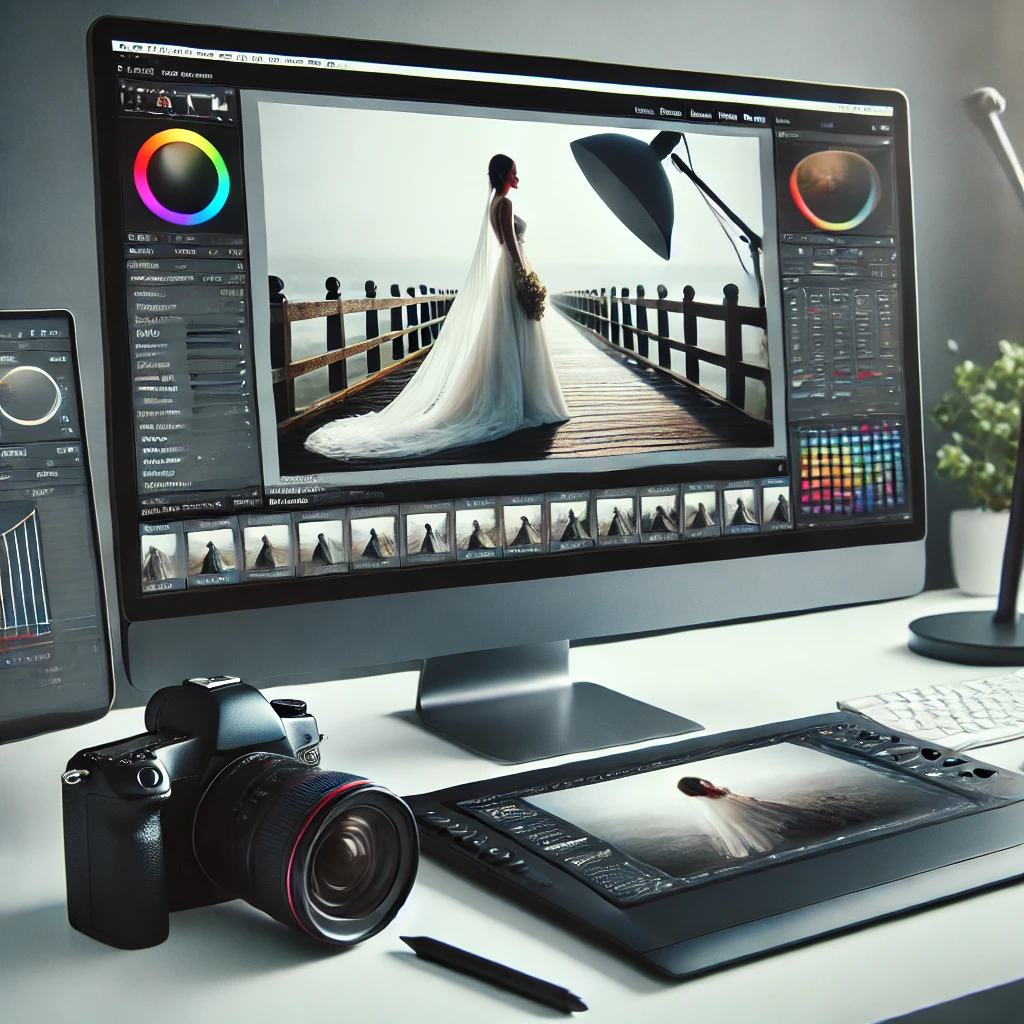A well-curated portfolio is a model’s or photographer’s calling card. However, raw images alone are not enough. Editing plays a crucial role in refining and perfecting shots, ensuring they meet professional standards. Knowing how to editing portfolio photos properly can transform average images into visually striking pieces that captivate clients and agencies alike.
This guide will take you through a step-by-step approach to professional photo editing. From selecting the right software to mastering advanced retouching techniques, you’ll gain the insights needed to enhance your portfolio effectively.
Why Editing Portfolio Photos is Essential
Editing is not about altering reality; it’s about fine-tuning images to present the best version of your work. Here’s why editing matters:
- Enhances Professionalism: A polished portfolio demonstrates expertise and attention to detail.
- Improves Consistency: Maintaining a cohesive style strengthens your brand identity.
- Corrects Imperfections: Even the best photographers need to fix minor flaws such as blemishes, lighting imbalances, and color inconsistencies.
- Brings Out the Best Features: Proper editing helps highlight facial expressions, outfits, and backdrops effectively.
Choosing the Right Editing Software
The first step in editing portfolio photos is selecting a software that aligns with your skill level and needs. Here are some of the best options:
Adobe Lightroom
- Best for batch editing and color correction.
- Offers non-destructive editing, meaning the original file remains untouched.
- Features powerful presets that ensure a consistent aesthetic.
Adobe Photoshop
- Ideal for detailed retouching and advanced manipulations.
- Offers layers and masks for precision edits.
- Essential for high-end beauty and fashion retouching.
Capture One
- Preferred by professional photographers for its superior color grading capabilities.
- Allows tethered shooting and powerful RAW file editing.
Affinity Photo
- A budget-friendly alternative to Photoshop with advanced editing features.
- Great for detailed retouching and color correction.
Step-by-Step Guide to Editing Portfolio Photos
1. Start with a High-Quality RAW Image
- RAW files capture more details and provide flexibility in post-processing.
- Avoid compressed formats like JPEG that limit editing potential.
2. Adjust Exposure and White Balance
- Use Lightroom’s exposure slider to fix underexposed or overexposed images.
- Correct the white balance to ensure accurate skin tones and natural lighting.
3. Crop and Straighten for Better Composition
- Apply the rule of thirds to enhance visual balance.
- Remove unwanted distractions from the frame.
- Ensure that horizons and vertical lines are straight.
4. Retouch Skin Flaws While Maintaining Natural Texture
- Use Photoshop’s Healing Brush or Clone Stamp tool to remove blemishes.
- Apply frequency separation for a natural, non-airbrushed finish.
- Avoid excessive smoothing that makes skin look artificial.
5. Enhance Eyes, Lips, and Hair
- Brighten eyes slightly to make them pop without looking unrealistic.
- Sharpen lips and enhance color subtly.
- Add shine and definition to hair strands for a polished look.
6. Correct Colors and Apply Subtle Toning
- Adjust hue, saturation, and luminance (HSL) sliders for vibrant yet natural colors.
- Use color grading to create mood and atmosphere.
- Apply selective coloring to make the subject stand out from the background.
7. Use Dodge and Burn for Depth and Dimension
- Dodge (lighten) areas to highlight cheekbones, jawlines, and contours.
- Burn (darken) shadows to add definition and drama.
8. Sharpen Details and Reduce Noise
- Apply sharpening to facial features, clothing textures, and accessories.
- Use noise reduction sparingly to avoid losing essential details.
9. Apply a Consistent Editing Style
- Develop a signature editing style that aligns with your branding.
- Use Lightroom presets or custom Photoshop actions to maintain consistency.
10. Export with the Right Settings
- Save in high-resolution formats for printing.
- Optimize file sizes for web and social media without losing quality.
- Use sRGB color profile for digital portfolios.
Common Mistakes to Avoid When Editing Portfolio Photos
- Over-editing Skin: Too much airbrushing makes models look unnatural.
- Ignoring Composition: Always refine cropping and framing.
- Inconsistent Editing: A mismatched portfolio appears unprofessional.
- Not Backing Up Files: Always save edited images in multiple locations.
The Role of Editing in Different Portfolio Styles
Different types of photography require unique editing approaches. Here’s how:
Fashion Portfolio
- Prioritize clean skin retouching and vibrant colors.
- Enhance clothing textures and avoid color inconsistencies.
Corporate Headshots
- Maintain a professional, polished appearance.
- Use subtle retouching to reduce distractions while keeping a natural look.
Creative Portraits
- Experiment with color grading and artistic retouching.
- Add digital enhancements like overlays or textures if necessary.
Final Thoughts
Editing portfolio photos is an essential skill for photographers, models, and creatives. A well-edited portfolio can make a significant impact in professional opportunities and client impressions. By following these detailed steps, you’ll be able to refine and enhance your images while maintaining authenticity.

Sony Alpha a7 IV: The Ultimate Camera for Photography

Nikon Z5 Review: Is It Worth It?
-

Nikon Z9 : Game-Changer for Photography
-

Top Features of Nikon D850 That Make It Ideal for Portfolio Shoots
Sony Alpha a7 IV: The Ultimate Camera for Photography
Explore the Sony Alpha a7 IV in this complete 2025 review. Learn how its pro-level features, real-world performance, and hybrid flexibility make it the ultimate camera for photography across genres like portraits, weddings, travel, and commercial work. Table of Contents Section 1: Introduction – Why the Sony Alpha a7 IV Stands Out The Sony Alpha…
Nikon Z5 Review: Is It Worth It?
In 2025, photographers—whether hobbyists, content creators, or professionals—seek equipment that blends value, performance, and future-readiness. Enter the Nikon Z5, a full-frame mirrorless camera marketed as a gateway to high-end imaging without a flagship price tag. But how well does it hold up under real-world demands like studio shoots, weddings, landscape adventures, and lifestyle photography? In…
Nikon Z9 : Game-Changer for Photography
Discover why the Nikon Z9 is considered a true game-changer for photography. This in-depth Nikon Z9 review explores key features, real-world performance, and how it excels in professional photo shoots in 2025. Table of Contents 1. Introduction The photography world witnessed a significant shift with the launch of the Nikon Z9, a flagship mirrorless camera…
Top Features of Nikon D850 That Make It Ideal for Portfolio Shoots
Discover why the Nikon D850 is the ultimate DSLR for portfolio shoots. Explore its top features—from resolution and dynamic range to autofocus precision and workflow speed—that help photographers create stunning, high-impact images for professional portfolios. Whether you’re a portrait artist, fashion photographer, or visual storyteller, a portfolio shoot demands technical excellence, creative flexibility, and uncompromised…
Candid Moments with Canon EOS R10: Lightweight & Reliable
In the evolving world of mirrorless photography, the Canon EOS R10 stands out as a lightweight yet powerful camera tailored for real-life storytelling. Whether you’re photographing street scenes, family gatherings, weddings, or spontaneous portraits, capturing genuine emotion requires a responsive and discreet tool. This article dives deep into how the Canon EOS R10 excels in…
Bold Portraits with Canon EOS R5: Is It the Best for Work?
Studio photography has always demanded precision, artistry, and impeccable gear. As the expectations for commercial portraits, fashion campaigns, and editorial work continue to rise, the tools we use must evolve. Enter the Canon EOS R5, a camera that has stirred the professional waters with its impressive technical specs and forward-thinking design. In this comprehensive Canon…


